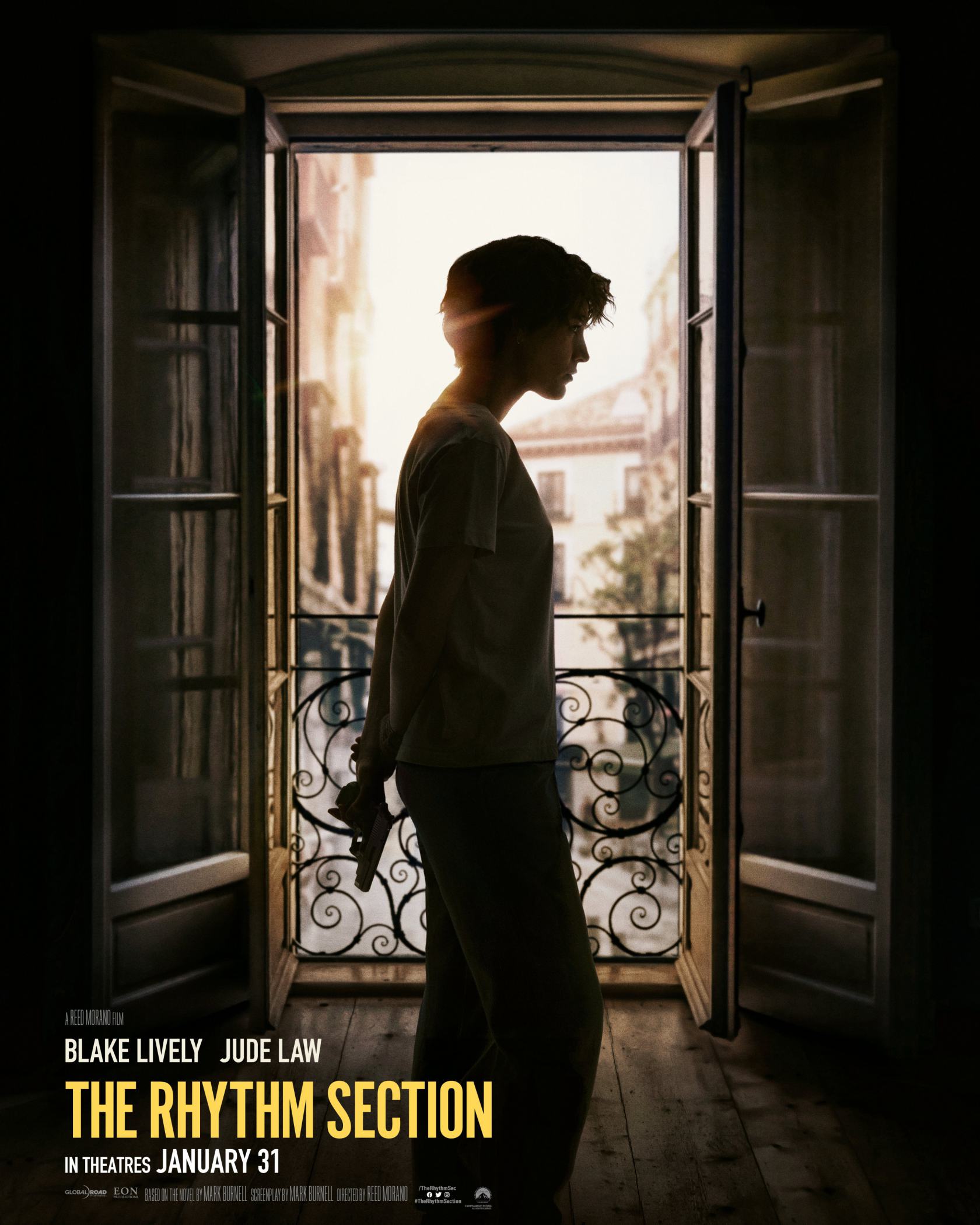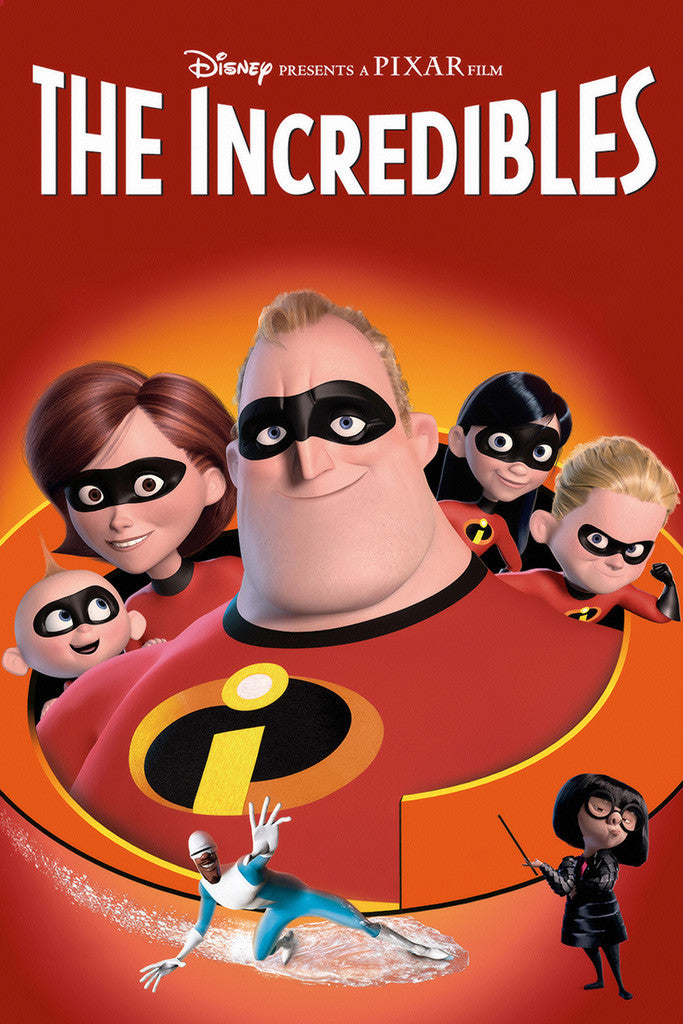Every series deserves a brand new area to prove themselves in, no matter how old or decrepit they may seem. And for the longest-running franchise in film history, that’s been a point it’s had to prove time and time again.
This action spy film was released in theaters worldwide by MGM and Columbia Pictures on November 17th, 2006, having been released in the U.K. a full day earlier. It managed to exceed some expectations and gross over $606.1 million against a production budget of $150 million. This made it the highest-grossing film in the long-running series by that point and renewing the popularity of the character. And that’s in addition to the wave of overwhelmingly positive critical and audience reaction to the picture.
Once again directed by Martin Campbell, the film is a modernized adaptation of Ian Fleming’s very first Bond novel and the third overall live-action version of it. After the failure of 2002’s Die Another Day and Pierce Brosnan stepped down, Eon Productions sought to reinvigorate the franchise. The studio exchanged the Spider-Man property for rights to the novel with Sony Pictures and very briefly considered Quentin Tarantino as director for the project. And once the exhaustive casting search ended, fans of the series cried out that the chosen actor was wrong for the part because he had blonde hair and blue eyes and even launched websites protesting the casting.
Daniel Craig steps into the role of James Bond, an MI6 assassin who recently gets promoted to 00 agent status. On his first assignment in the field, he encounters Le Chiffre, played by Mads Mikkelsen, a mysterious financier who bankrolls terrorist and criminal organizations around the world. After a couple of bad deals puts him under pressure from clients, Le Chiffre puts together a high-stakes poker game in Montenegro to win back all of his money. Accompanied by British Treasury agent Vesper Lynd, played by Eva Green, Bond plans on buying his stake into the game and winning the pot to bankrupt Le Chiffre and his various operations.
Much like my previous venture with 007 in GoldenEye, I always find it interesting when the James Bond franchise tries to push itself forward outside of the Cold War era. Both movies, it should be noted, share the same director- Martin Campbell -and he also seems to share the same sort of fascination with the character in that sense. And similarly, both versions of the character following these reinventions ended up being highly inconsistent in terms of overall quality, so there’s that.
As with many other films in my New Year’s resolution, I hadn’t seen this particular entry in the series in quite some time. And while the later Skyfall still remains my favorite Bond film to date, I just wanted to make sure that Craig’s first foray into the iconic spy franchise was as great and invigorating as I remembered it being. And predictably, Casino Royale still proves to be an absolute banger that successfully mixes the things that made this franchise great to begin with alongside current trends.
Unlike in GoldenEye, 007’s destructive, womanizing behavior isn’t the only thing that’s called into question here. Instead, Campbell and his screenwriters take a deep dive into Bond at the very beginning of his career, when he isn’t just an invincible force of heroism and patriotism. This is perhaps the most vulnerable we’ve ever seen James Bond, both because of the constant physical danger he gets into and the unexpected emotional stakes involved as well.
One thing Casino Royale does better than almost any other movie in the series (Save for On Her Majesty’s Secret Service) is show James develop a genuine relationship with another woman. Rather than just getting into one-scene flings with various beautiful women over the course of two hours, the film puts a lot of effort into showing Bond has a tender side and comes to care for this person just as much as the audience does. But because of his chosen profession, it’s a tragedy waiting to happen and packs a wallop.
I’ve said this before and I have no qualms about saying it again: Daniel Craig is the best cinematic incarnation of James Bond yet. Coming with all the bravado and dry humor expected of the iconic spy, he’s also effortlessly suave, charming everyone simply by walking into the room, even his own enemies. He’s ruthlessly efficient and cold when it comes to his targets, but has many moments throughout where he’s shown fearing for his own life and the life of his colleagues.
Speaking of colleagues, the incredibly underrated Eva Green subverts the “Bond Girl” trope as Vesper Lynd, Bond’s handler from the Treasury. Highly resourceful and skilled with numbers, she proves to be a great foil to the protagonist as she has no experience in the field, especially with violence. The connection that grows between them becomes unexpectedly palpable and believable, particularly after Bond finds her sitting in a shower completely shell-shocked by something that just happened.
Mads Mikkelsen, in one of his early Hollywood roles, also deserves credit as Le Chiffre, the calculating and methodical villain of the whole film. Unlike many other Bond villains from the past and even after this entry, Le Chiffre isn’t so much a criminal mastermind as he is just desperate to pay off debts to people far more dangerous than him. That sort of humanity is hugely refreshing and gives the audience enough empathy to where you almost want him to come out on top.
Rounding out the supporting cast is a troupe of capable actors from all corners. This includes Dame Judi Dench as Bond’s superior officer, Jeffrey Wright as a fellow CIA operative trying to flush out the poker game, Simon Abkarian as an elusive contact of Le-Chiffre’s, Jesper Christensen as a mysterious liaison for an organization trying to get its money back, Ivana Miličević as Le Chiffre’s girlfriend and loyal henchwoman, and Isaach de Bankolé as a ruthless lieutenant within the Lord’s Resistance Army. All of them help flesh out the story more and make the stakes feel appropriate.
And from a purely technical standpoint, Casino Royale shows the James Bond franchise evolving with the times in the most outstanding way. Phil Méheux’s cinematography is appropriately gritty and sleek, combining a number of different techniques to great effect. The film has a beautiful dual use of shadow and color, highlighting the darkness of this world while showing some brief moments of light. There are many great camera tricks throughout, and thankfully, most of the stunts are done in-camera.
This perfectly helps the editing job by Stuart Baird, which cuts together the action and drama in an engaging way. During the poker scenes, the film uses cross dissolves to help illustrate the passage of time and give it an old-school feel. Since most of the second act takes place at this table, it’s an interesting way to keep viewers actively watching the game. It also knows when to not cut away at all and let it roll. The most noteworthy example of this is during a car crash late in the film when the camera takes a solitary position and watches the car continuously flip on the side of the road.
David Arnold provides the instrumental film score, which at once feels like the classic Bond sound but also with its own modern tinge. The soundtrack, much like the action itself, is often very fast-paced and uses multiple instruments to bring out the tension. Whether it’s the constantly rhythmic beats of the percussion or the rapid sweeps of brass, it matches the mood on-screen. Similarly, some tracks use a simplistic mix between piano and strings to solidify the emotional toll this mission takes.
As is tradition, there’s an original song to accompany the elaborate opening credits, this time being “You Know My Name” by Sound Garden frontman Chris Cornell. In a big departure from the pop song sounds of the past, this one mixes a full orchestra with Cornell’s grunge rock sensibilities. The combination of electric guitar and brass instruments is a uniquely pleasing sound to hear as the stage becomes set. And to top it off, the lyrics, sung by Cornell’s gravely voice, foreshadow the themes and tone of the whole film and is great to listen to on its own.
Finding its footing firmly in the 21st century, Casino Royale is a riveting relaunch of a franchise in need of new blood. For the second time in the span of a decade, Martin Campbell has been able to completely redefine what makes Ian Fleming’s spy character so compelling while putting him in a modern context. Daniel Craig utterly owns the part and it’s hard to see anyone replacing him when the time comes to hang up his hat.
Whatever happens with No Time to Die, there’s an unmistakable quality that’s hard to shake with this first installment. James Bond may be an old character, but there is still a place for him to be relevant in the new world.









